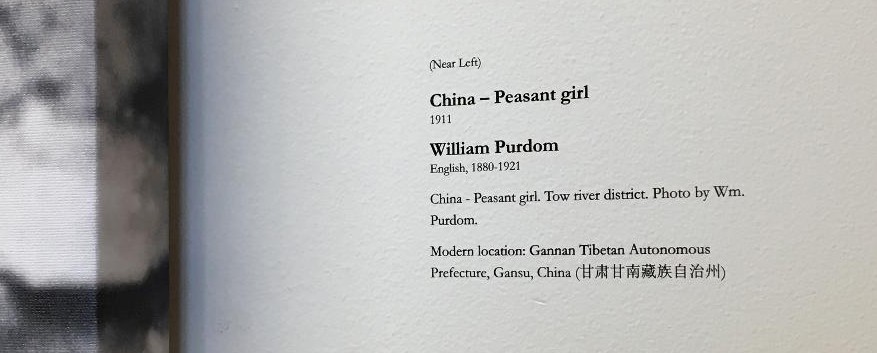Surface preparation
Try to make sure your wall surface is clean and free of dust for fingerprints. You might want to cut off the tagline (at the bottom of the transfer) and try that as a test. If the tagline isn’t on the wall surface for long, it should be able to be tacked off with painter’s tape. Please do testing in a spot that will not be an issue.
You should probably have some kind of guides on the wall where you want to place the transfer/text/graphics so you can make sure it is straight—maybe painter’s tape with a line on it for placement? This will be up to you. For application, we recommend cutting apart the captions. Try not to bend the clear slick because the transfers might start to release. You can use a straight-edge razor blade or Exacto blade to cut apart. Try not to put pressure on the transfer either because you don’t want it to start to come off and stick to the backing sheet (rare but if you do put a lot of pressure on the text they will want to stick).
Transfer placement
Place the individual caption on the wall. Be careful to place accurately because once the transfer touches it will start to stick to the wall surface. Hold in place with painter’s tape. The most important things are for the transfer not to move in the application (because you can get a wrinkle in the ink). Use the supplied burnisher. We suggest rubbing the image left to right making sure you rub the entire text/caption surface. Don’t worry about burnishing over the clear area. The adhesive is only on the image area. This is also an important aspect – make sure you burnish the entire surface of the text/caption so it releases. Remove the clear slick carefully and slowly to make sure you have been successful rubbing everything and all you will have left is the copy adhered to the wall surface. If there is a spot where the text/caption doesn’t look securely applied, you can use the backing sheet to place over the text/caption and use the burnisher again to rub-down the area that may be lifting. The longer the text/captions are on the wall the more secure they will be. Just remember they are lacquer ink and can get scratched if someone intentionally tries to do that. We have had no issues in museums and galleries with a lot of people attending and visiting for this to happen.
It is truly easy, and since transfers are fresh they release beautifully. We are sure you will be pleased with the final results.
– Luann LaRussa

Hi! I’m hosting an exhibition in Amsterdam May 1–3 (install on April 29-30). Thank you for all the information about application. I was wondering also about the take-down process? We’ll need a clean removal from the walls after the exhibition is finished on May 4.
Any information would be a huge help. Thanks so much,
Ploipailin, Thanks for your inquiry. This is what one of our client’s suggests: The best so far is letter-by-letter with an Xacto knife. I place the tip of the knife under the edge of a letter and lift it off the wall. The loose letters I wipe onto a cloth to keep them from fluttering around. A very light remnant of ink usually remains on the wall that I can wash off with a damp Mr.Clean Magic Eraser pad. Requires a little patience, but it works.
We found our client’s suggestions the best but here are a few more ideas you can try. Just try them in a non-conspicuous spot because all wall paints and walls themselves are different. We have suggested if the transfer has not been up long to “tack it off” with Painter’s tape. Next solution: Use Bestine Solution found in Home Improvement stores or Amazon. Next solution: Lacquer Solvent because the transfers are lacquer ink with lacquer adhesive. Next solution: paint over them since they are only the thickness of the lacquer ink. We hope to work with you on this project. Luann